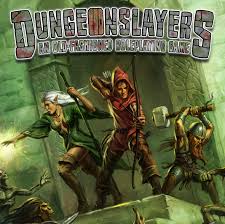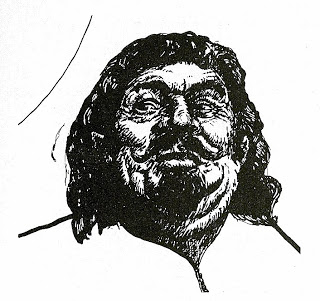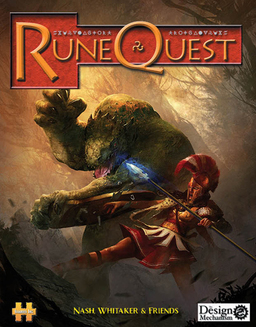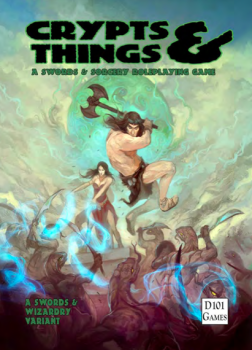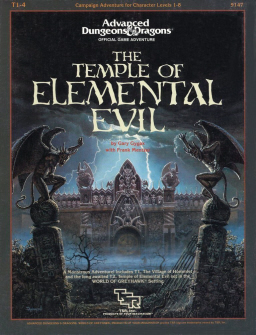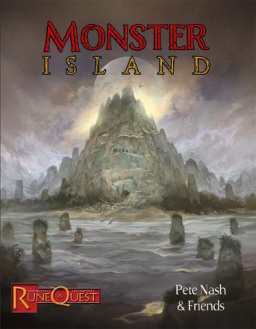New Treasures: Cold and Dark
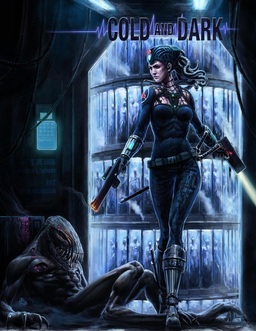 I couldn’t go to Gencon in August. I had to work. Someone had to — the rent on our spacious rooftop headquarters here in downtown Chicago doesn’t pay itself.
I couldn’t go to Gencon in August. I had to work. Someone had to — the rent on our spacious rooftop headquarters here in downtown Chicago doesn’t pay itself.
Certain members of our staff did attend that august gathering, however. I’m not going to point any fingers, but I will point you, without comment, to Howard Andrew Jones’s GenCon Writer’s Symposium 2013 and Andrew Zimmerman Jones’s three-part (three-part! That’s how much fun you can have at Gencon) Post-Convention Recap. That’s right. While some us were putting in long hours, trying to finish that scathing expose on the use of polluted air in model zeppelins, everyone on staff named Jones got to go Indianapolis to party. But I’m not bitter.
I’m lying. I’m totally bitter. What’s a guy got to do to keep up with the Joneses around here? It’s not just all the fun they had; it’s the fantastic loot they brought back. Like Cold and Dark, a new RPG of gritty science fiction horror from Chronicle City — publishers of Dungeonslayers, Achtung! Cthulhu, and the upcoming Punktown — which draws inspiration from Pitch Black, Dead Space, and other classics of dark SF. Here’s the back-cover copy:
Centuries from now mankind lives on in the Sirius galaxy, an enormously vast and dense system of stars. It’s a greedy industrial society run by corporations and the Governmental Industrial Complex. The onslaught of strip-mining has stirred something terrible best left buried and forgotten.
